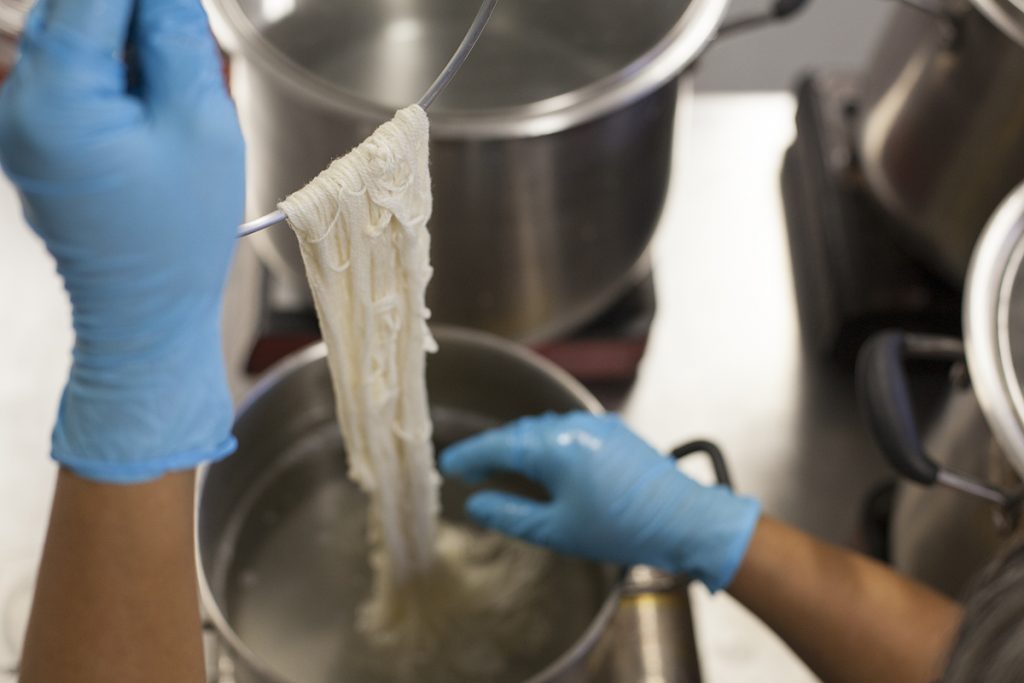
We get mordant questions all the time at Botanical Colors so why not create Mordant Monday??? Got mordanting questions? Email [email protected]
This week on MORDANT MONDAY…
YOU ASKED: I tried the oak gall tannin and then symplocos method on linen and for the life of me I can’t get an even dye. The mordant looks blotchy. Not sure what to do. I get consistently blotchy pieces with linen.
KATHY ANSWERED: Hmm. Unevenness in mordanting and dyeing can come from a number of bedeviling sources. The first thing that comes to mind is the cleanliness of the fabric. If the linen isn’t evenly scoured, you can get uneven results. If you do need to scour, use a large enough pot and try to keep the fabric under the surface of water and avoid fabric bubbles by gently pushing down the air pockets with some regularity.
Other issues might be that the mordant container is too small and the fabric is crumpled, also creating more air pockets. Try to use a large enough container so the fabric can be turned easily and excess air pressed out. Most cold water mordants can be recharged multiple times so you can reuse the water and the mordant even if you’ve made a larger volume mordant container. The final point is that if you are dyeing and bringing the heat up very quickly, some dyes make strike marks on the fabric where the heat in the dye pot and the fabric meet. Avoid this by starting out at a very low temperature, and bring it to temperature gradually. Using these methods avoids many of the most common reasons for uneven dyeing.
YOU ASKED: How do you mordant fabric or yarn made of both protein and plant fiber? Do you mordant for the plant fiber or for the protein?
KATHY ANSWERED: I tend to defer to the cellulose mordant method if the mixture is more than 30% cellulose content. Many of the cellulose mordants work well with protein, too.
YOU ASKED: Same question when a fiber is made of silk and wool. Do you mordant at the lower temperature for the silk? Or do you mordant for the temperature used for wool?
KATHY ANSWERED: I tend to mordant at a lower temperature and hold it longer when working with a silk/wool blend.
